100 years: What makes Mount Isa and its mine unique to the world
Industrial disputes, strikes, downturns, corporate takeovers and mine site tragedies: Mount Isa Mines has endured it all to achieve a 100-year milestone.
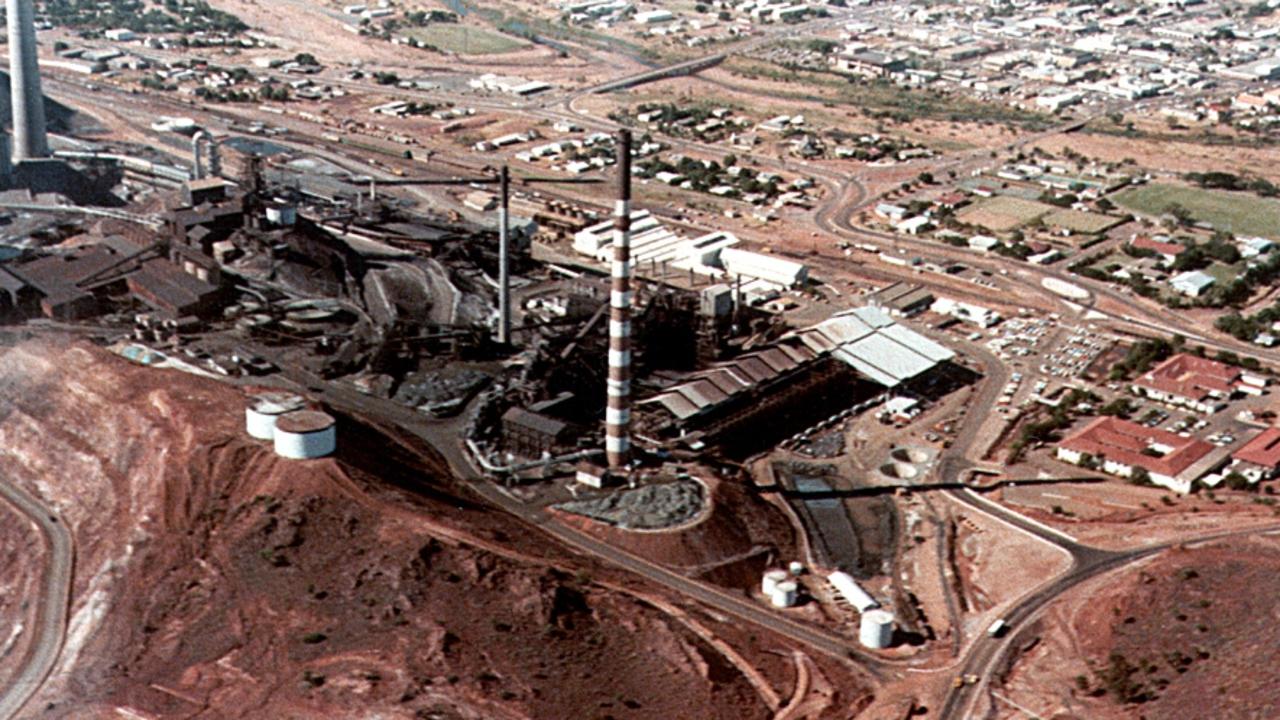
News
Don't miss out on the headlines from News. Followed categories will be added to My News.
Industrial disputes, strikes, downturns, corporate takeovers and mine site tragedies: Mount Isa Mines Holdings Limited has endured it all to achieve a 100-year milestone.
It has contributed enormously to Queensland’s economy, while the techniques and processes it has developed over the century has changed the face of the international industry.
Many of Mount Isa’s residents speak loyally of the “old days” of MIM and its contributions to the mining city, when living outside of the community was unheard of and rosters were set to eight-hour shifts.
MIM has done much for global supplies of copper, zinc and lead in the past century, and was once recognised for being the business that made the most money for Queensland since the state’s separation from New South Wales in 1859.
And within a 100 years, MIM has produced enough copper to build over 39 million houses and enough zinc to manufacture over 535 million cars.
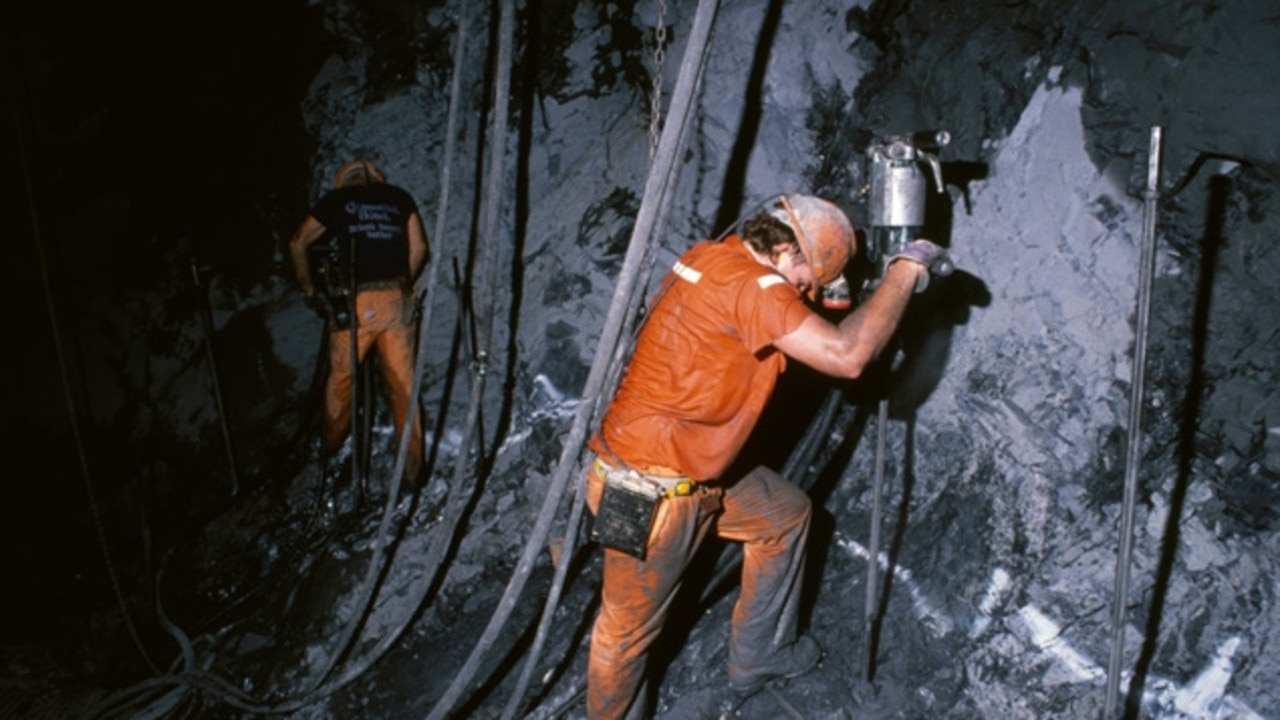
Glencore’s zinc and copper assets’ chief operating officer Sam Strohmayr said everyone who had worked at the mine were proud of the milestone, and the company itself had installed a centenary sign on the Urquhart headframe and planned a calendar of events to make sure that it was celebrated.
“Our long history is made up of hard work, countless stories, fond memories and valuable experiences for people who have either worked at Mount Isa Mines for a short time or several generations,” he said.
“Mount Isa Mines has been an integral part of our community for 100 years, contributing not just to our economy but also to the social fabric of Mount Isa.”

While it celebrates the milestone, MIM and the broader community is aware of the transition it faces in the next two years.
The closure of its copper mines could impact about 1200 jobs, which would make a huge dent in the local population and economy.
This could have enormous repercussions for Mount Isa and its residents, some of which were already sensitive to the loss of community spirit in recent decades.

But Mr Strohmayr committed to a “strong long-term future” within lead and zinc mining as well as through the smelting and refining of copper.
“We know how important our operations are to the North West region and Queensland and we will continue to invest in exploration and studies into other potential business opportunities,” he said.
The company was investing $60m to explore the region, and aimed to reopen the Black Star open pit mine in 2027.
Origins of Mount Isa
Prospector John Campbell Miles found extraordinary high grades of lead and silver in 1923, prospectors gathered and pitched their tents to form a town site, and on January 16 1924 Mount Isa Mines Holdings Limited was formed.
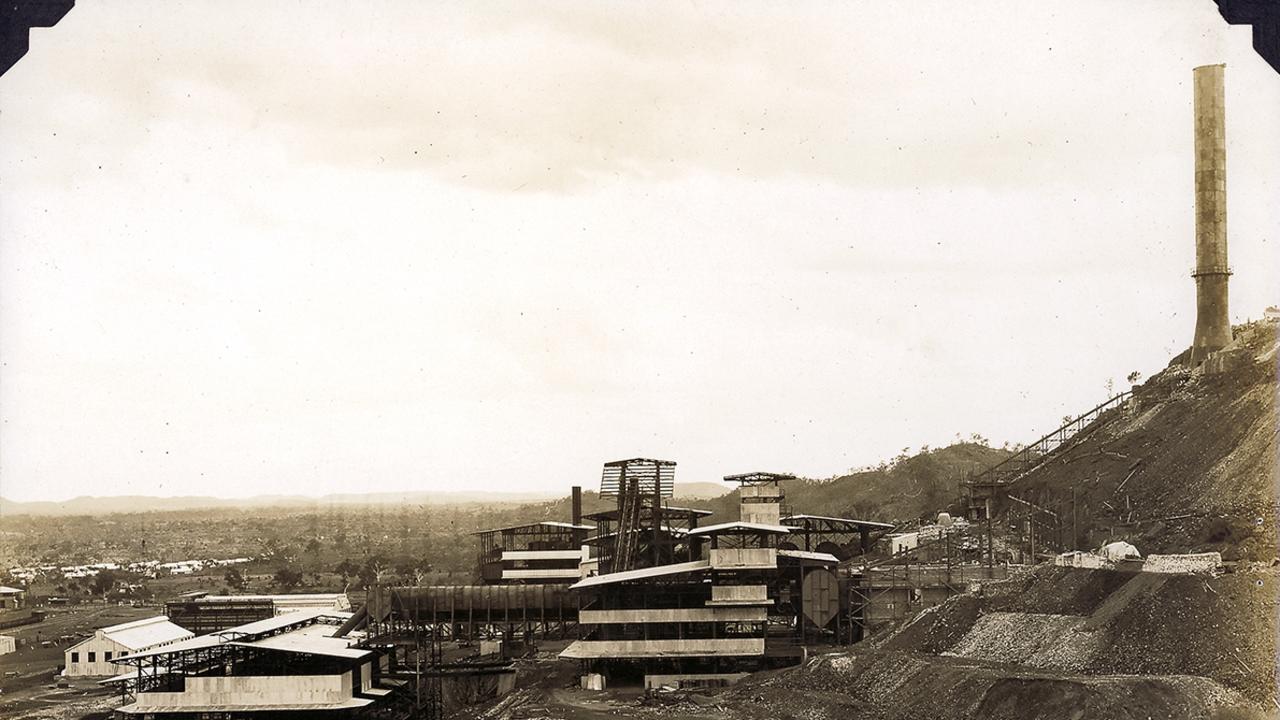
The company focused on small operations around lead, silver and zinc, but during World War II it halted these to focus on extracting copper for the war time effort, before then returning to its original resources.
Former chief operating officer Steve de Kruijff previously said that it was not until later that copper was considered valuable enough to mine.
“But once copper was seen as a value opportunity, that’s when the real growth of Mount Isa Mines occurred, and so did the profitability.”

Local historian Kim Maree Burton said one of the city’s biggest influencers was one of MIM’s past general managers Julius Kruttschnitt, who moved from the United States with his wife Marie in the early 1930s.
They realised standards needed to be improved for their local workforce.
“That lifted the standard of accommodation for the fledging town when he said ‘we don’t look after our workers, they won’t be able to work,’” Ms Burton said.
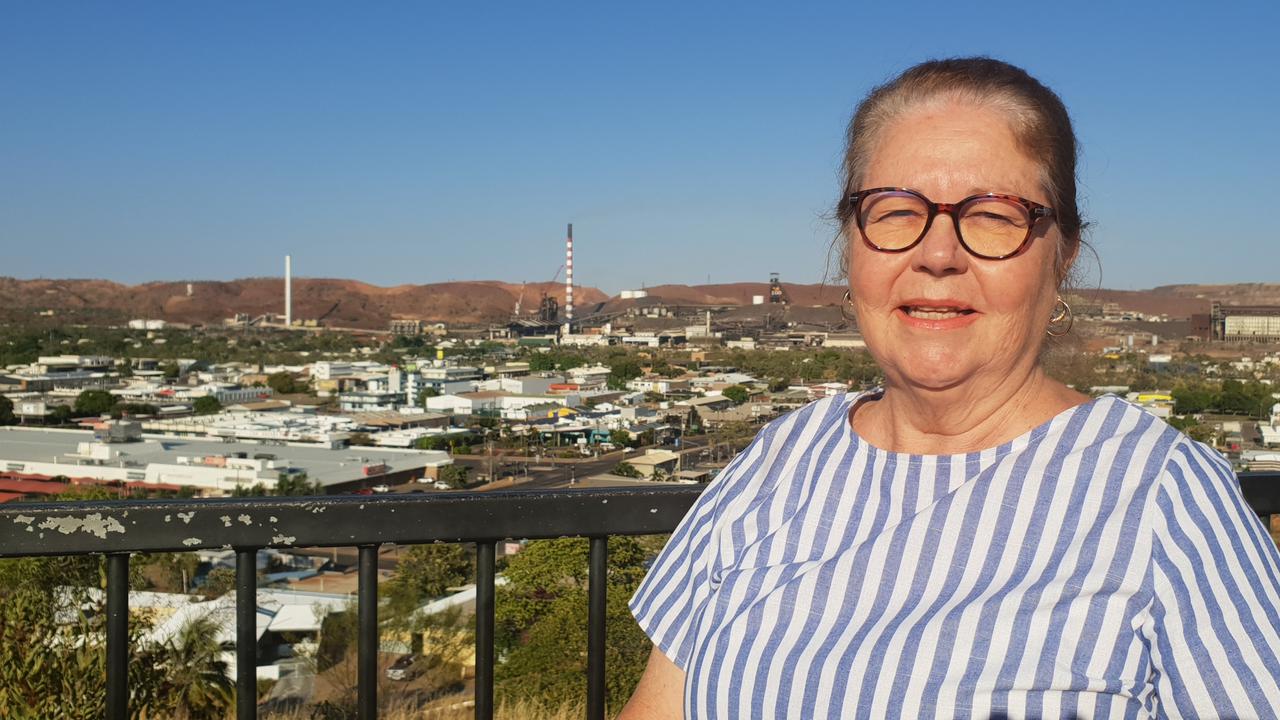
“He brought up the cottage b style building from Broken Hill to erect in Mount Isa to get the standard of accommodation from your humpies, your corrugated little lean-tos to actual houses.”
She said this developed a culture of MIM building up the city and supporting its workers by offering housing schemes.
A miner and his family could live in a house owned by the mine for five years, and after that time the deed of ownership would be passed on.
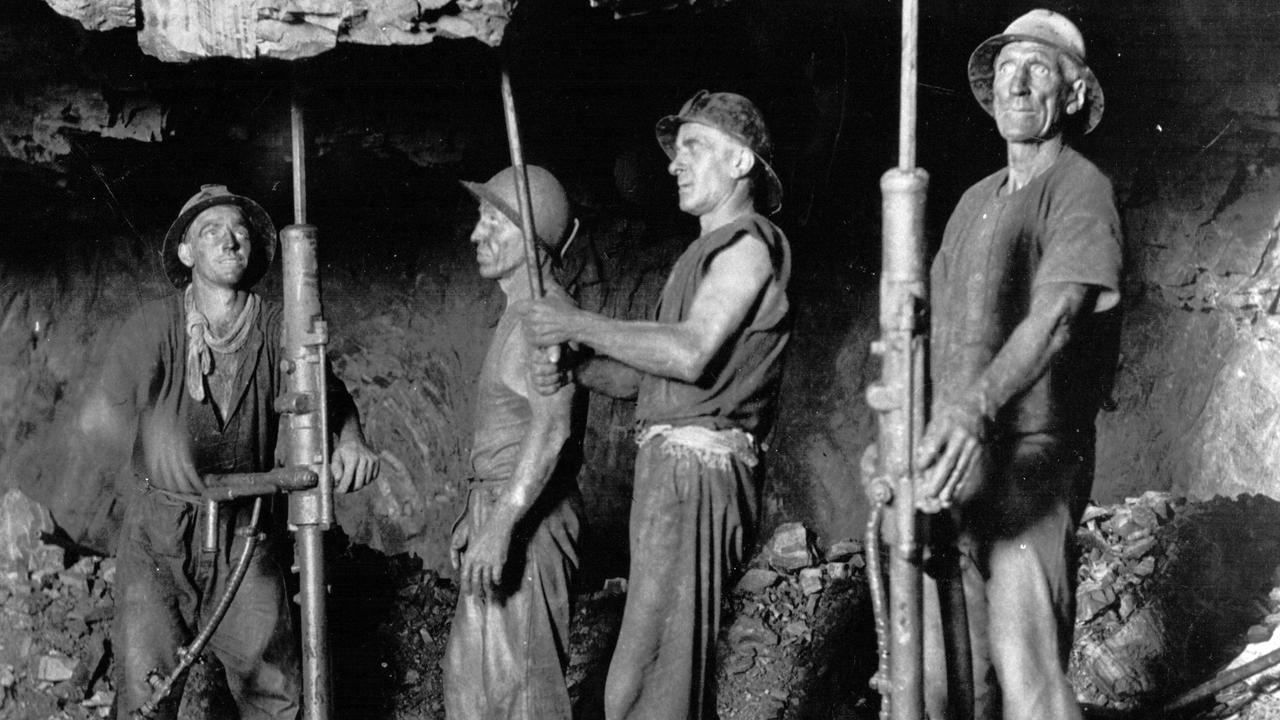
But there were other significant contributions, such as the development of Mount Isa Rodeo and its annual Christmas parties which really developed the social aspects.
Ms Burton said she was defensive of any criticism of the mine and its owners.
“You can knock Glencore if you want to, I don’t know anything about Glencore, but don’t knock MIM, the original owners that helped to build this town,” Ms Burton said.
Mr Strohmayr recognised the community nostalgia, and his own family remembered those past events with attachment, but he conceded the industry had changed.
“We’ve got to sort of keep up with the times and be contemporary, and the realities perhaps of that period of time in terms of the economics of mining as well compared to now were vastly different as well.
“The community of Mount Isa is so supportive of the mine.
“You see it, and it’s something we don’t take for granted and absolutely where we can we’re trying to help out as much as we can.”
But Glencore employed 3500 people in its Mount Isa operations and since 2003 had contributed $35m to community programs in the region.
$20m of that funding had directly supported the Mount Isa community.
The spirit of Isa
Retired miner Hag Harrison, 74, has travelled the world providing legislative advice as a union official, but his opportunities grew in 1969 when he moved to Mount Isa.
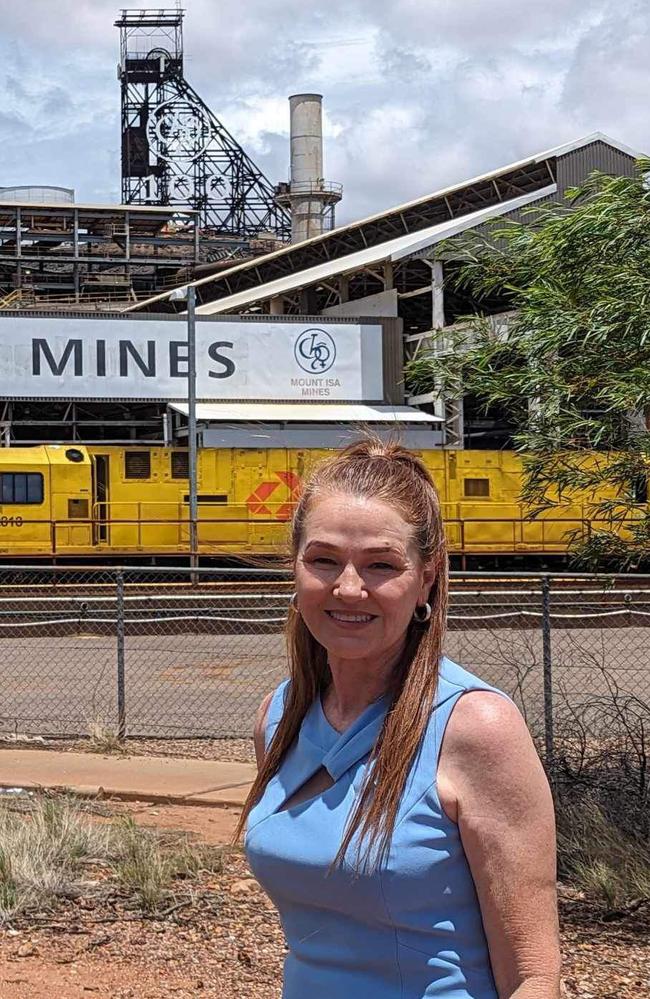
He was a baker from Newcastle who was trying to work in the mining industry.
“I told a bit of bulls —t to try and get a job at the mines,” Mr Harrison said.
“They said ‘we’ll give you a job in the bloody mess, I said I didn’t want a job in the mess, so they stuck me in the copper smelter.
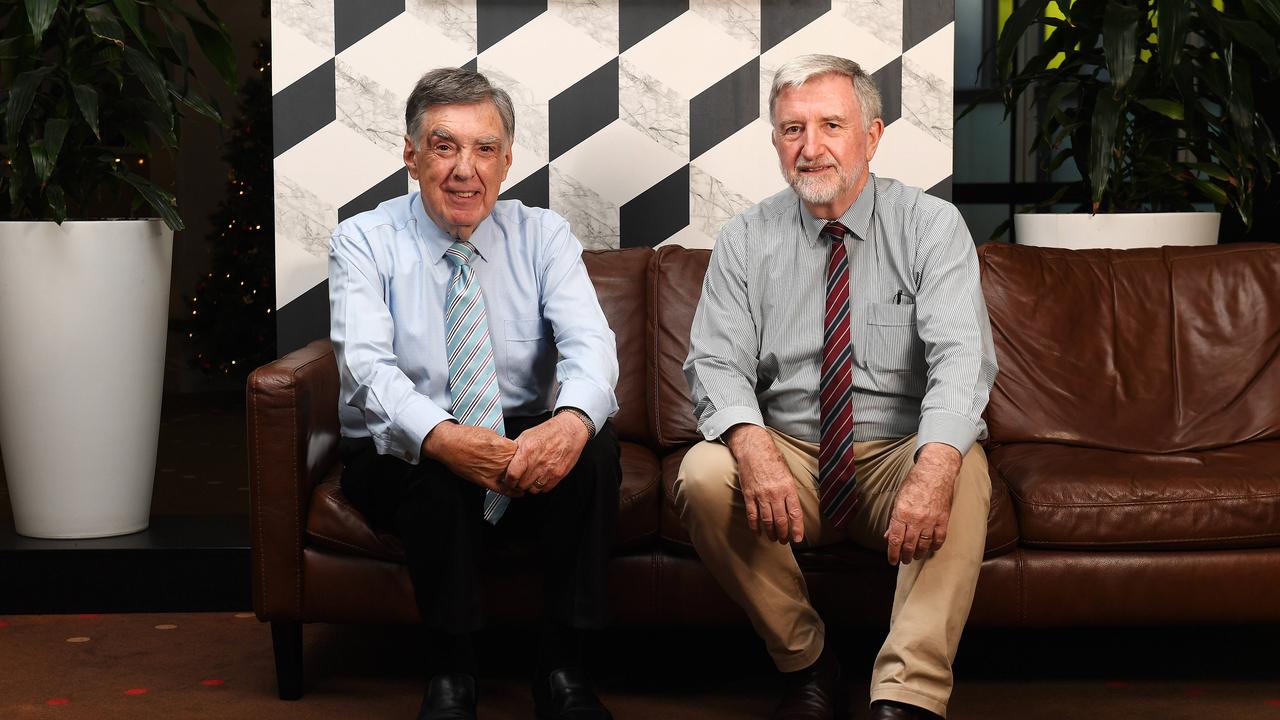
“In those days at the copper smelter, 150 would start in the morning, it would be about 50 by smoko, and 10 by knock-off.
“It wasn’t a really nice place.”
Mr Harrison was eventually able to transfer to other parts of the mine and worked underground for 18 years, and left in the 90s to become a union organiser.
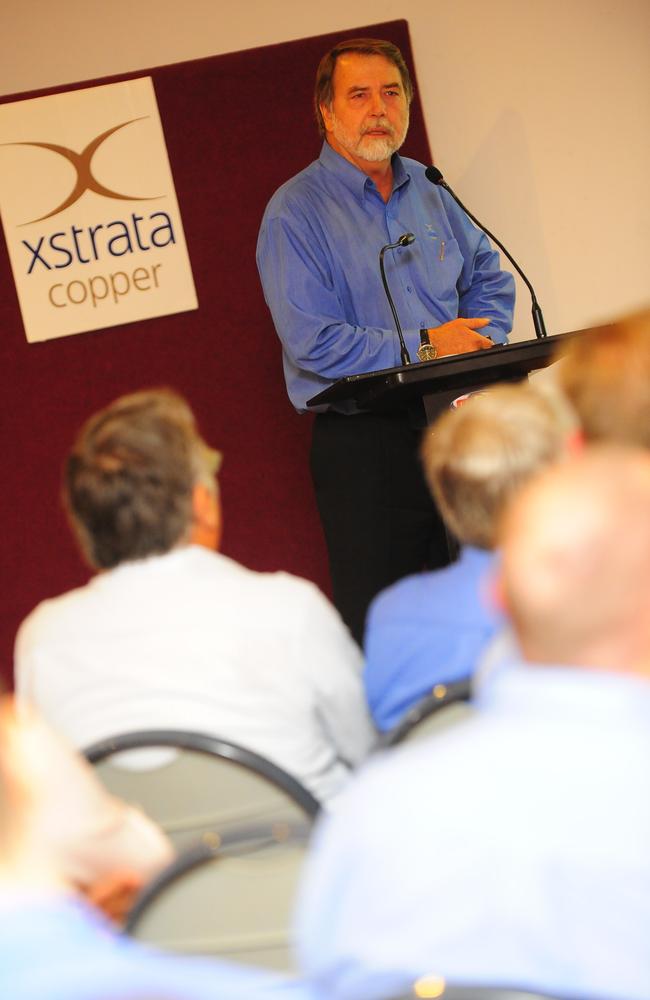
“We looked after each other, made what we wanted to make, and didn’t go overboard,” he said.
But it was the people rather than the money that kept Mr Harrison in Mount Isa, and he planned to never leave.
“When I first came here I was a bikie, right? I mean a bikie.
“Where I came from in Newcastle and Cessnock, they’d cross the road not to go past you.
“Mount Isa was completely different because people came from all over the world.
“We had 82 nationalities at one stage, we even had an eskimo, there you are.
“No one knew if a bloke was a mass murderer from Norway, Finland, or if this eskimo killed 50,000 people.
“You wouldn’t know because no one ever asked questions like that.
“You were welcome at anyone’s place that had lights on or had a party on, that’s what the town was like.”
Symbiotic relationship
Former State Parliamentary Speaker Tony McGrady said there was a “special relationship” between the mining company and the city which was rather like a family, and occasionally throughout years had its disagreements.
But it was not a “company town” and it had an appropriate level of separation between government and the company.
“They’d give me views on things but I can never ever recall MIM giving me an instruction as to what they felt I should do as my role as mayor of the city … or a member of Queensland Cabinet,” Mr McGrady said.
“Civic leaders in my opinion were never ever pressured by that company to take a certain course of action.”
He said the company contributed by setting up a credit union, which set the foundations for Queensland Country Bank, as well as the Laura Johnson retirement home, but it was only when the community asked for help.
“The people that gave birth to Mount Isa, MIM, didn’t do it out of the goodness of their heart, they made commercial decisions,” Mr McGrady said.
“They saw the ore body here, they came here, they invested and as a result of that I’m sure they made many dollars, or pounds, for the investors.”
Mount Isa mayor Danielle Slade has been willing to criticise the mine if it made decisions she believed were not in the city’s interest, such as in shutting its copper mines by 2025.
But she still celebrated the connection which had helped turn the region into a “thriving hub of opportunity.”
“We proudly look back at a remarkable journey, where the bond between this mine and our beloved city of Mount Isa forged a legacy unlike any other,” Cr Slade said.
“For a century MIM has written the history of success in the Australian mining industry.
“Let us remember how they facilitated the railway that connected dreams to reality, water security to Mount Isa and our region, the millions of dollars in copper that helped rebuild a shattered world after World War II, and their immeasurable contribution to the Queensland economy.”
The heart of innovation
Innovations such as the Mount Isa Cut and Fill stoping technique were significant to the international mining industry for its ability to extract large amounts of minerals from underground, as was the ISASMELT smelting process.
Mr Strohmayr said other innovations developed at the mine included IsaMill fine grinding and the Jameson Cell flotation technology.
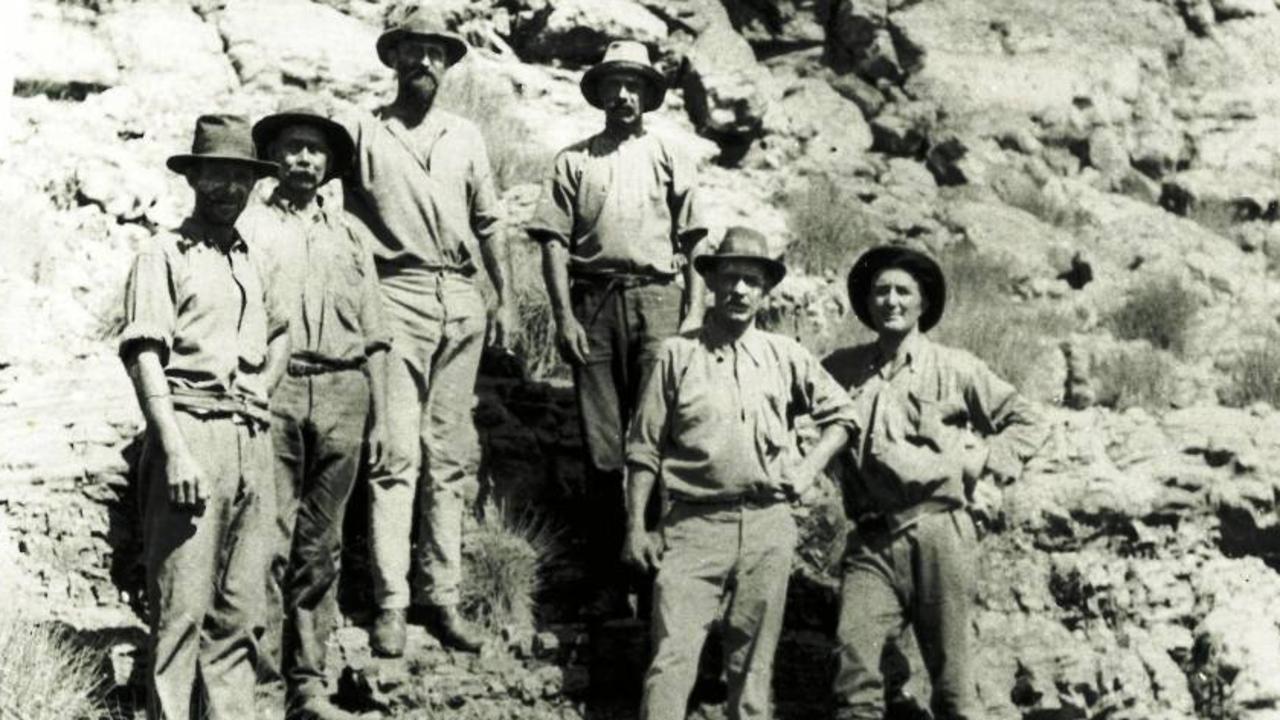
“The Mount Isa bodies are quite complex and they’re pretty fine grain,” he said.
“There is a lot of technology that has been developed here that has been exported all over the world and Mount Isa is known all around the world.
“If you’re in mining there would be two degrees of separation with somebody who has worked here or knows someone that has worked here over the years.”
But he said there was new research being developed with collaboration from the University of Queensland to improve extraction measures.
Resources Minister Scott Stewart is among those that fits the two degrees of separation.
His great-grandfather Walter John Davidson had been one of the pioneers to help Mr Miles set up his first claim, and had a mine shaft named after him.
But besides the significance to his own personal history, Mr Stewart saw the important role that Mount Isa and the North West had for Queensland’s financial security considering there was more than $500b in untapped minerals believed to be in the region.
“As the global demand for renewable energy continues to increase, the role of other lesser-known critical minerals in the region like vanadium, cobalt and rare earth elements will continue to grow – providing future jobs and continued growth for the North West, and the whole of Queensland,” he said.
“Here’s to the next 100 years of growth and prosperity and the enduring spirit of determination that Miles and my great-grandfather embodied.”
Originally published as 100 years: What makes Mount Isa and its mine unique to the world







